What if all teachers were empowered with a stress-free learning ecosystem that supported their well-being and motivated them to love their job? What impact would this have on the teachers, their students and everyone’s learning? Vishal Sharma believes classrooms are losing their ability to be joyful, experiential and holistic learning spaces, particularly given the growing distractions of the Internet, social media and mobile phones.
Sharma founded a holistic teacher training program called “SMILES in Education” in 2017. The mission of SMILES (a “Stress-free, Motivating, Inquisitive Learning Ecosystem”) is to create a wellness ecosystem by combining mindfulness with pedagogy, integrating well-being with classroom management, and igniting the inquisitiveness for learning. To date, Sharma’s SMILES in Education program has helped 4500 students and 160 teachers in low income schools in India. Additionally, schools in New Zealand, the United States, Finland, and Spain are integrating the model into their curriculums.
As an extension to SMILES in Education, Vishal launched “SMILES in Life” this year. It’s a global social initiative to promote physical, mental and emotional well-being for the common man.
The Global Search for Education welcomes Vishal Sharma to talk about the importance of lifelong well-being for all learners.
Vishal, what inspired you to create SMILES? What well-being techniques did you focus on?
I wanted to make every classroom full of SMILES, fuming with passionate, creative and compassionate people where physical, mental and emotional wellbeing is seamlessly integrated into the learning process.
Keeping track of our wellbeing is the key motivator for enjoying our work with compassion, be it in classroom or elsewhere.
I decided to use wellbeing techniques like mindfulness, creativity, and positive psychology to develop “SMILES” structures which are short yet powerful and easy to be done by anyone and anywhere. In the classroom, while reading or writing or doing any kinesthetic activity, these small well-being routines can be easily integrated for physical de-stressing, improving mental focus as well as fixing any emotional imbalances in the class. Through my experimentation as a “Teach for India” Fellow for 2 years in a low-income school, I found that these “SMILES” structures improved concentration, memorization and recalling power as well as inculcated the values of gratitude, forgiveness, empathy, and compassion.
The learning model I created is “First feel inside, then share outside!” I strongly believe that if teachers can experience the benefits of wellbeing in their own lives, they will surely infuse their own creativity and positivity into teaching. So SMILES program starts with experiential learning for teachers and administrators first and then we move on to students and eventually parents. The uniqueness of SMILES program is that it ensures academics results and cognitive skills (like problem-solving, critical thinking, and decision making) also improve if short SMILES anchors are practiced properly and regularly.
Technology will continue to play a greater role in cognitive learning. What do you predict this will mean for the role of the teacher in the future and how can SMILES help?
The role of a teacher is to be a compassionate facilitator to allow the students to discover the knowledge and 21st-century skills they need to become better human beings. I strongly believe technology can’t replace teachers, rather, it augments teachers with newer tools and resources to lead the students in their self-discovery. Teachers need to act as active moderators in the learning process, using their experiences and learnings to bring out the creativity of their students.
As technology takes the majority of the load of cognitive learning, teachers will get a bigger role in developing non-cognitive and behavioral skills. This is why “SMILES in Education” should become an essential part of the learning process. SMILES not only improves cognitive skills like concentration and analytical thinking but it also integrates physical and mental well being into classroom teaching. This helps in improving non-cognitive skills and making teachers and students more empathetic and compassionate, resulting in reduced conflicts and less bullying.
How would you describe your greatest accomplishments with SMILES to date and what have you learned?
Our program’s greatest accomplishments are developing short, easy and yet powerful SMILES anchors for sustainable improvements in both cognitive and non-cognitive skills; and these can be seamlessly integrated into regular teaching.
For example, Mindful Happiness Position (MHP) combined with Positive Programming of Mind (PPM) have helped students to become mentally and emotionally stable even in adverse situations like bullying, conflicts, failures, and examination stress. Teachers found it useful to regain their composure during moments of anger and frustration, and all it takes is a few minutes to bounce back and be resilient. On the other hand, SMILES anchors like Mindful Focus Position (MFP) and Mindful Writing position (MWP) have provided instant improvement in focus, recalling power and enhancing creativity. Out of a total 2,231 students who participated in an Effectiveness Survey of Mindful Focus Position (MFP), 30% of students were able to improve recalling power instantly using this anchor. One of the other big accomplishments I see in SMILES program is its “scalability” due to its ease of use without any extra overhead. Just through our introductory webinars, school leaders in New Zealand, USA, and Spain are able to spread it to their teachers and students. In fact, not only can SMILES be easily integrated into all schools across the globe, but we also believe it can be extended to other workplaces and individual lives as a mechanism of improving our focus, motivation, self-esteem, and positive energy. Now we have expanded the program to “SMILES in Life” with solutions for individuals, schools and other workplaces.
What have been the greatest challenges you faced and what have you learned from them?
The greatest challenges for the program have been:
- Lack of priority for well-being training by management as their focus is mainly the improvement of academic results. I used data from my experiments to convince them that SMILES improves academic results as well as 21st-century skills the children need for the future.
- There are already a plethora of technological intensive tools for teachers and additional administrative work, which is lowering their motivation as teachers. We need to ensure new interventions are customized and provided on a need basis to allow room for creativity and well being in classrooms.
- Usually, there is very little regular follow up by school leaders after initial training, so teachers fail to practice any new techniques regularly. To fix this, we have now designed a tracker and are also working on making an App that can be used for self-monitoring and reminders.
- Many teachers fail to take new ideas to the classrooms as they themselves did not try them on their own. That’s why I now say that “You must experience first before you preach to others”. This has been one of the biggest improvements in our learning model.
What’s next for the SMILES learning model? How will you keep the program fresh and relevant? In what other domains might a program like this be useful?
Based on the effectiveness of SMILES techniques in the classroom to bring back motivation and acceptance, I have expanded my program to other workplaces and individuals as well under “SMILES in Life” umbrella. Although my program is going to remain fresh and relevant in the future, to ensure long term sustainability and easier adaptability, I am working on developing an APP based solution which will provide audiovisual training, customized and regular wellbeing reminders as well as a platform for experience sharing to build a true self-sustaining ecosystem of mindful and motivated SMILEing people.
C.M. Rubin and Vishal Sharma
Thank you to our 800 plus global contributors, teachers, entrepreneurs, researchers, business leaders, students and thought leaders from every domain for sharing your perspectives on the future of learning with The Global Search for Education each month.
C. M. Rubin (Cathy) is the Founder of CMRubinWorld, an online publishing company focused on the future of global learning, and the co-founder of Planet Classroom. She is the author of three best-selling books and two widely read online series.Rubin received 3 Upton Sinclair Awards for “The Global Search for Education.” The series, which advocates for Youth, was launched in 2010 and brings together distinguished thought leaders from around the world to explore the key education issues faced by nations.
Follow C. M. Rubin on Twitter: www.twitter.com/@cmrubinworld

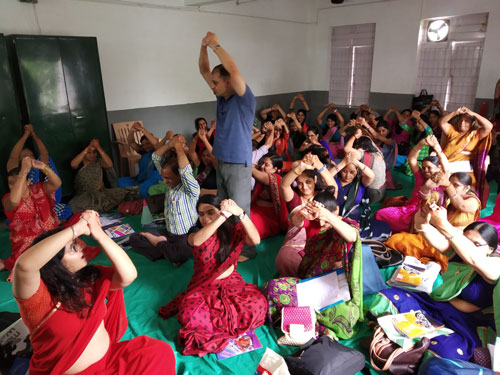

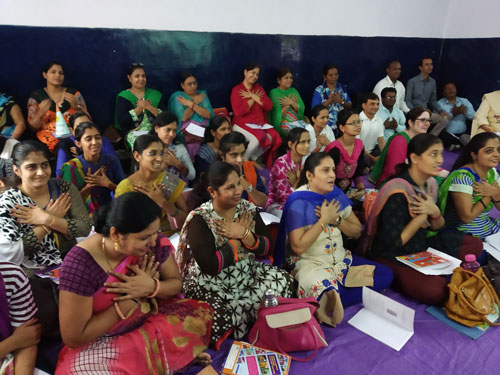
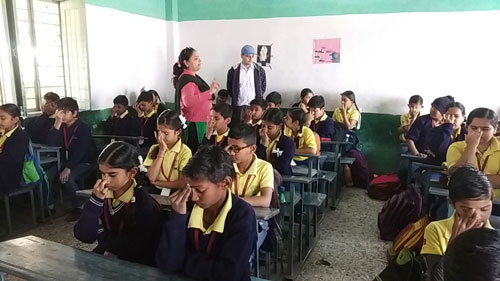
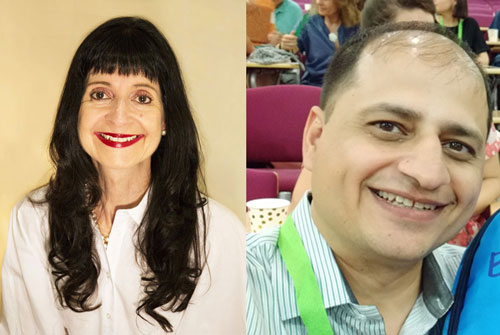
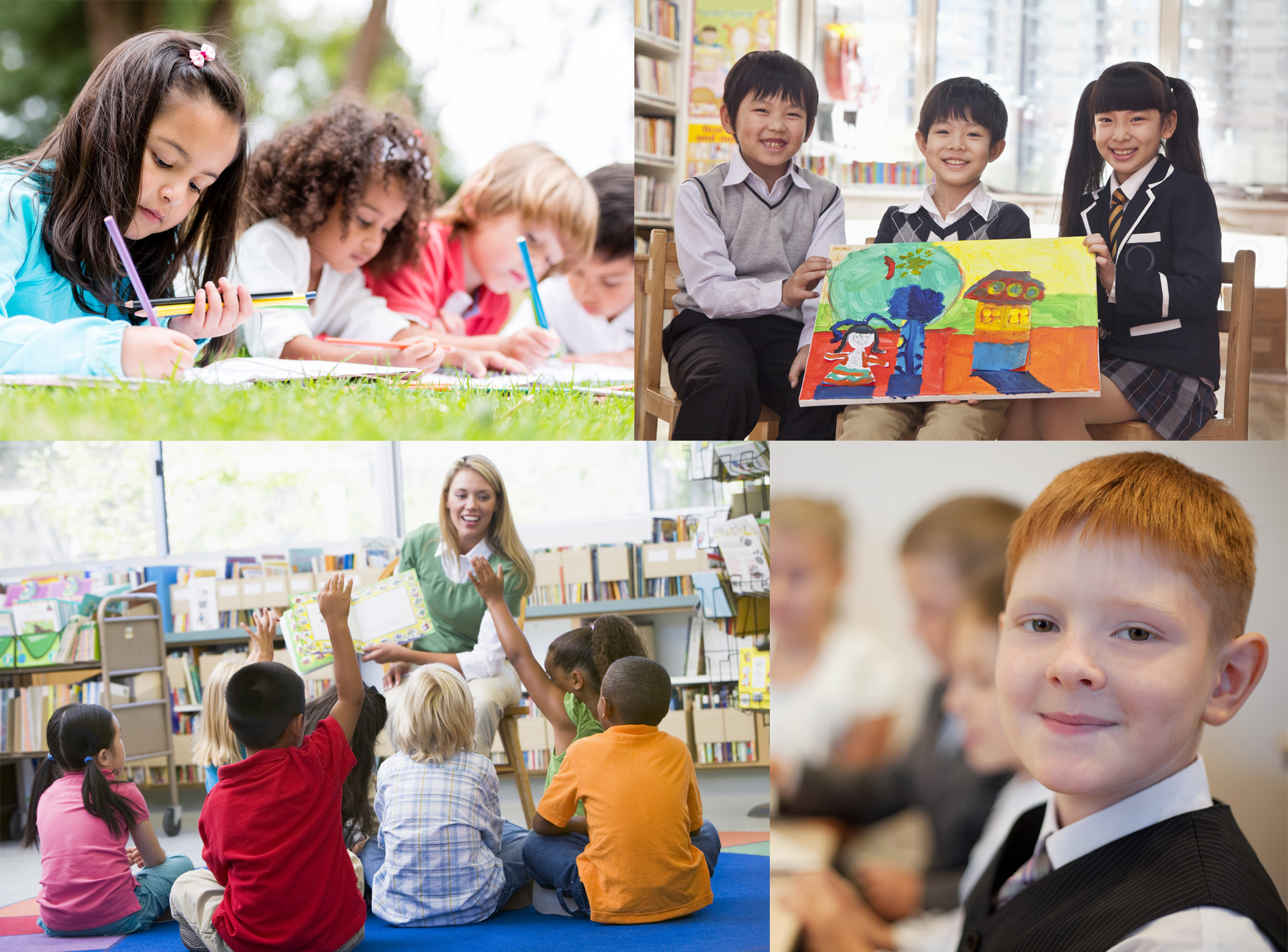
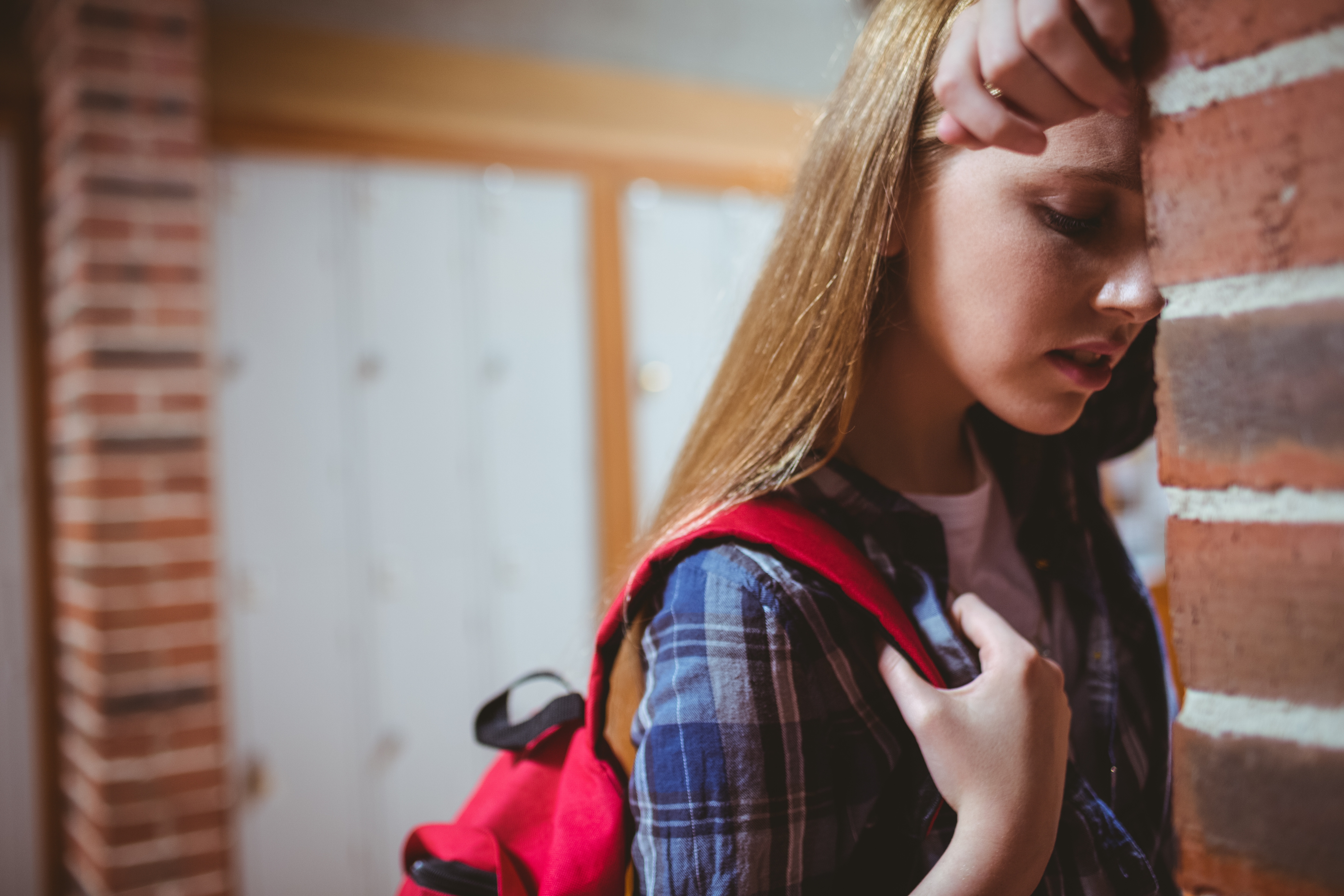
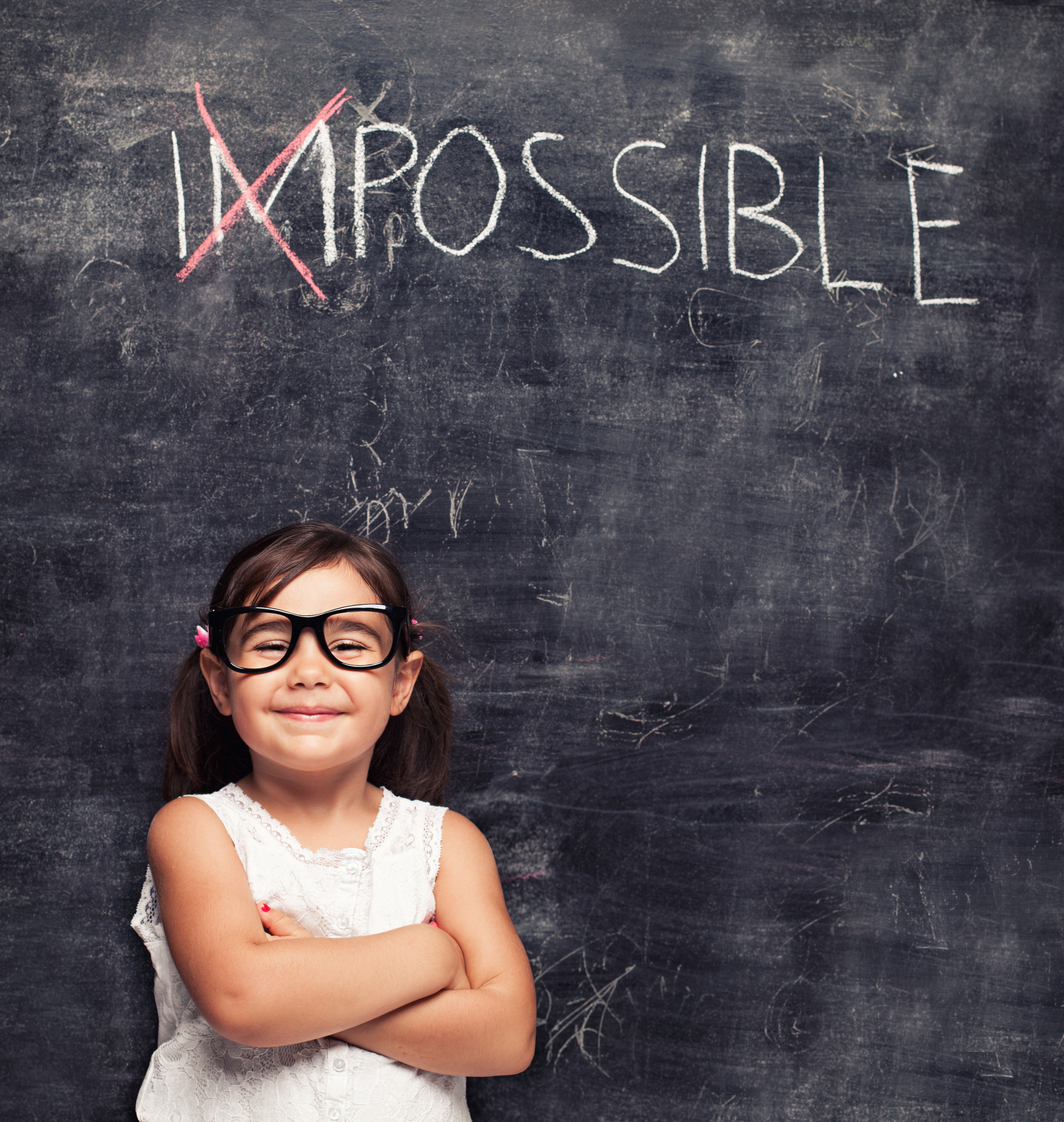
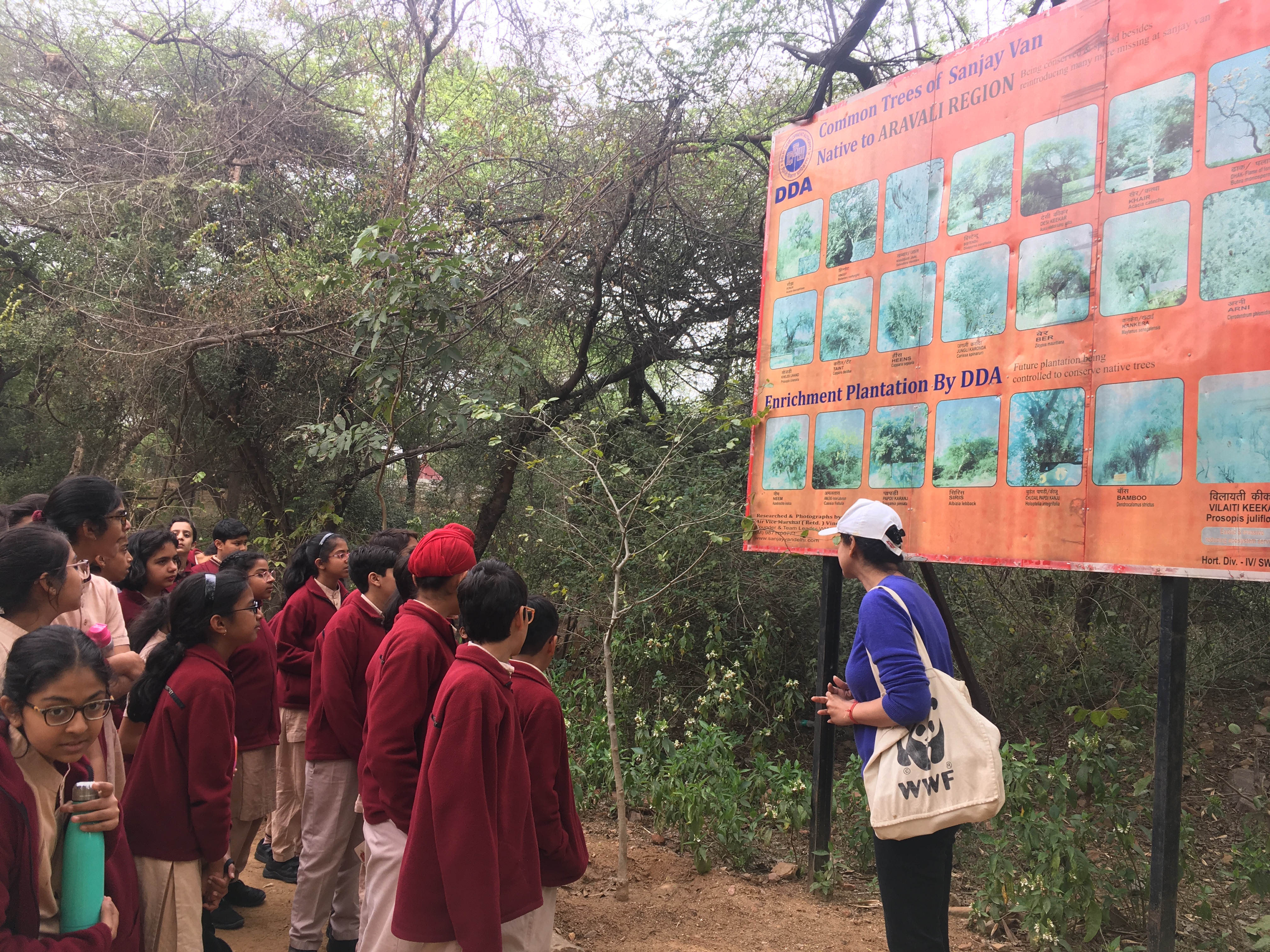
Recent Comments